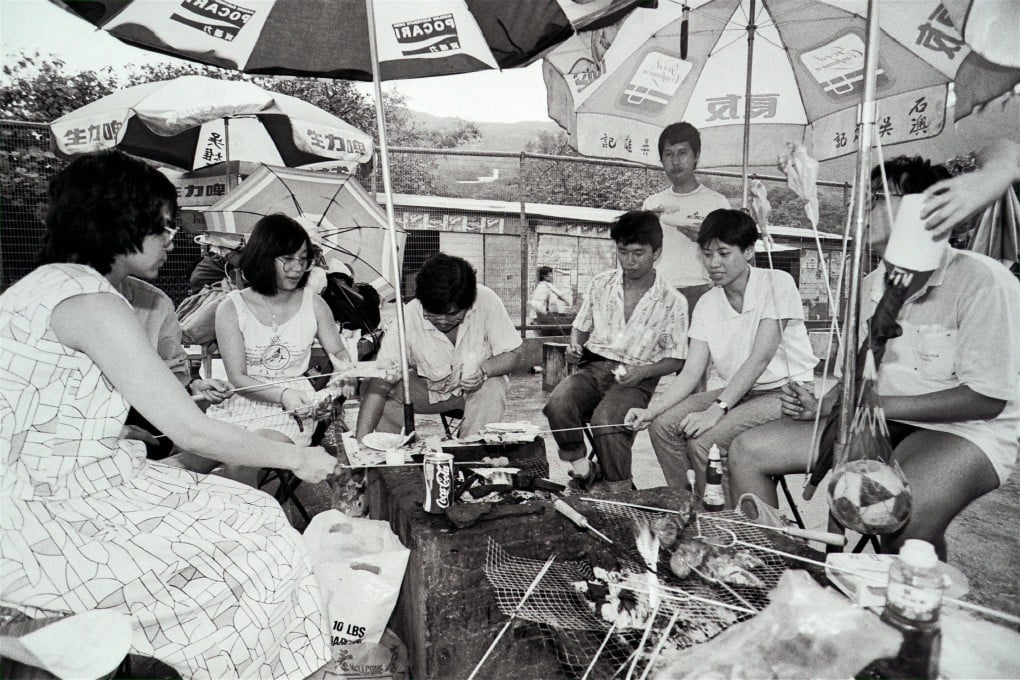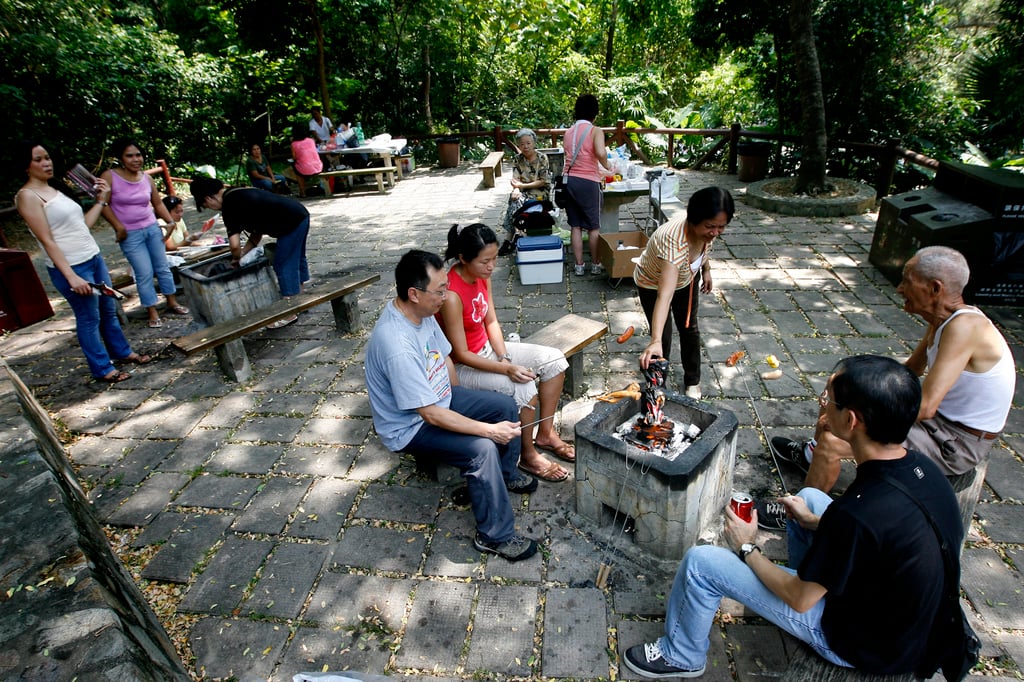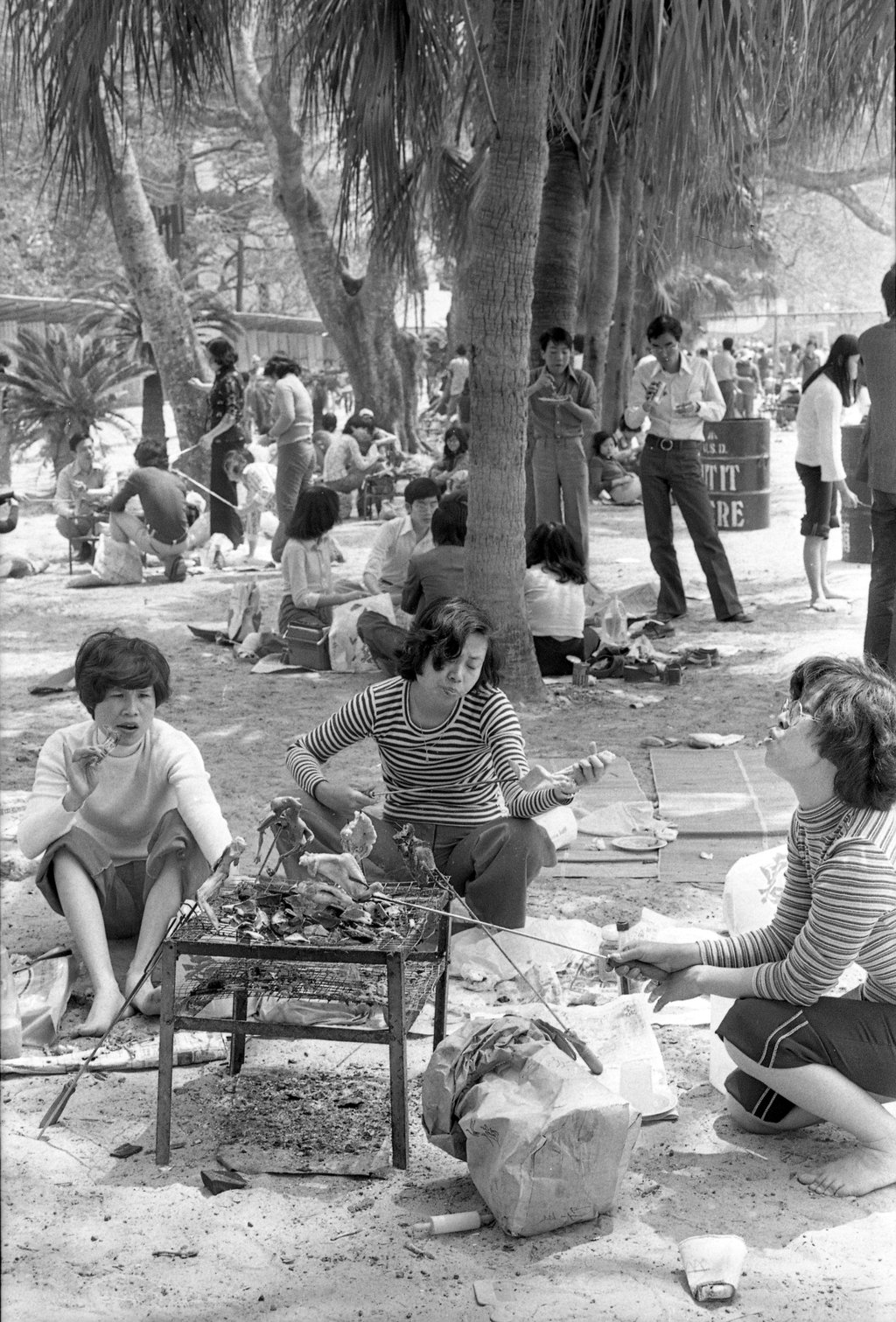Hong Kong’s unique winter barbecue season through the years
As Hong Kong’s barbecue season – with all its unique attributes – gets under way, so too do the feral pig raids on the mountains of detritus

On weekends, more popular locations – those closest to a bus stop being in highest demand – get staked out well in advance; as the old military adage goes, “Time spent in recce is never wasted,” and so it is with sourcing the best barbecue spots. At prime times of year – such as now – usual practice is for an advance party to pounce upon a chosen brazier and nearby picnic table quite early in the morning, and then prepare at leisure for the eventual gathering. Friends and relatives can then drift in at their convenience for a get-together that will really only start swinging much later in the afternoon, and likely continue well into the night.

Barbecue cooking varies greatly from country to country; each has its own distinct customs. South Africa and Australia, in particular, evolved distinctive “braai” or “barbie” customs and preferences, respectively, that remain embedded aspects of their national cultures. In these places, meat and other items are usually cooked on a flat metal plate placed over the heat source, or on a mesh grill; molten fat would periodically drop onto the coals, followed by a sudden flash of flame and heat.
Until recent years, the men of the household typically presided over meat production amid the smoke. Women were relegated to fixing up the salads and whatever else was to accompany the burnt offerings their menfolk eventually produced.
In a Hong Kong-style barbecue, cooking methods are different. Meat and other items are typically skewered onto metal prongs then grilled, to various degrees of skill, over charcoal fires that have guttered down to a pile of glowing embers. From pork chops, beef ribs and chicken-wing joints to sausages of various sizes and cobs of sweetcorn, the list of usual barbecue items is extensive. Bottles of syrup or honey are usually bought as well to baste the meat; a delicious caramelised/carbonised crust develops on the surface of whatever it may be that is being grilled.

From the mid-19th century, charcoal was widely produced locally – timber used for the purpose was mostly imported from Southeast Asia; British North Borneo (modern Sabah) was a major supplier. Sold as a commonplace domestic kitchen fuel until its use was superseded by cheaper kerosene from the late 1940s, charcoal is now almost exclusively used for barbecues.
